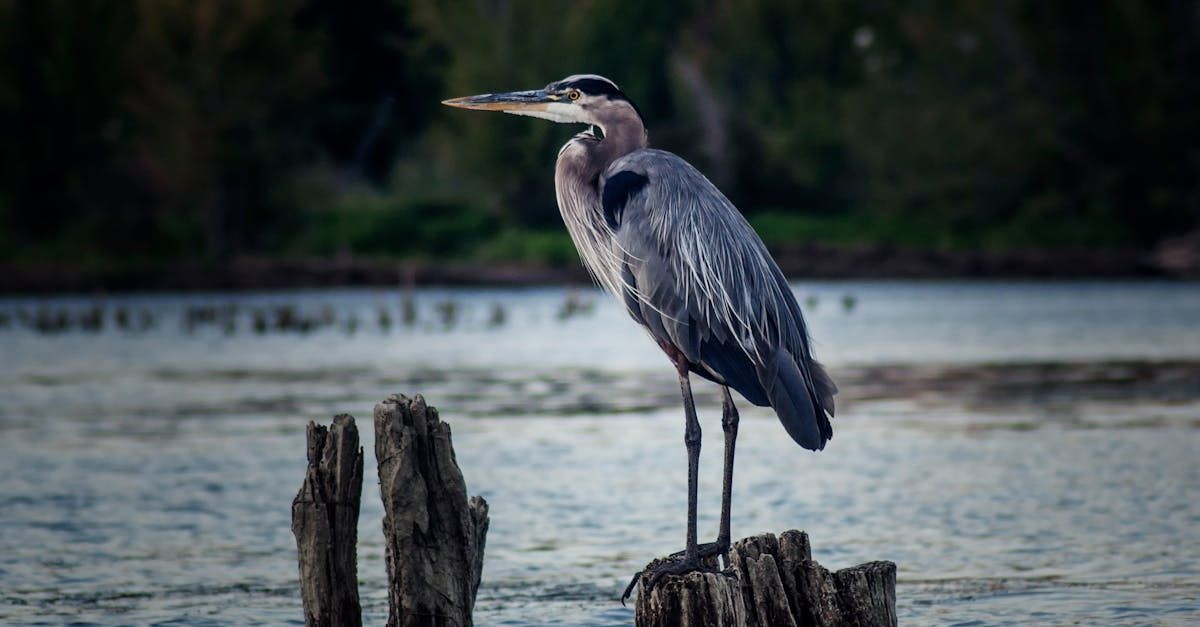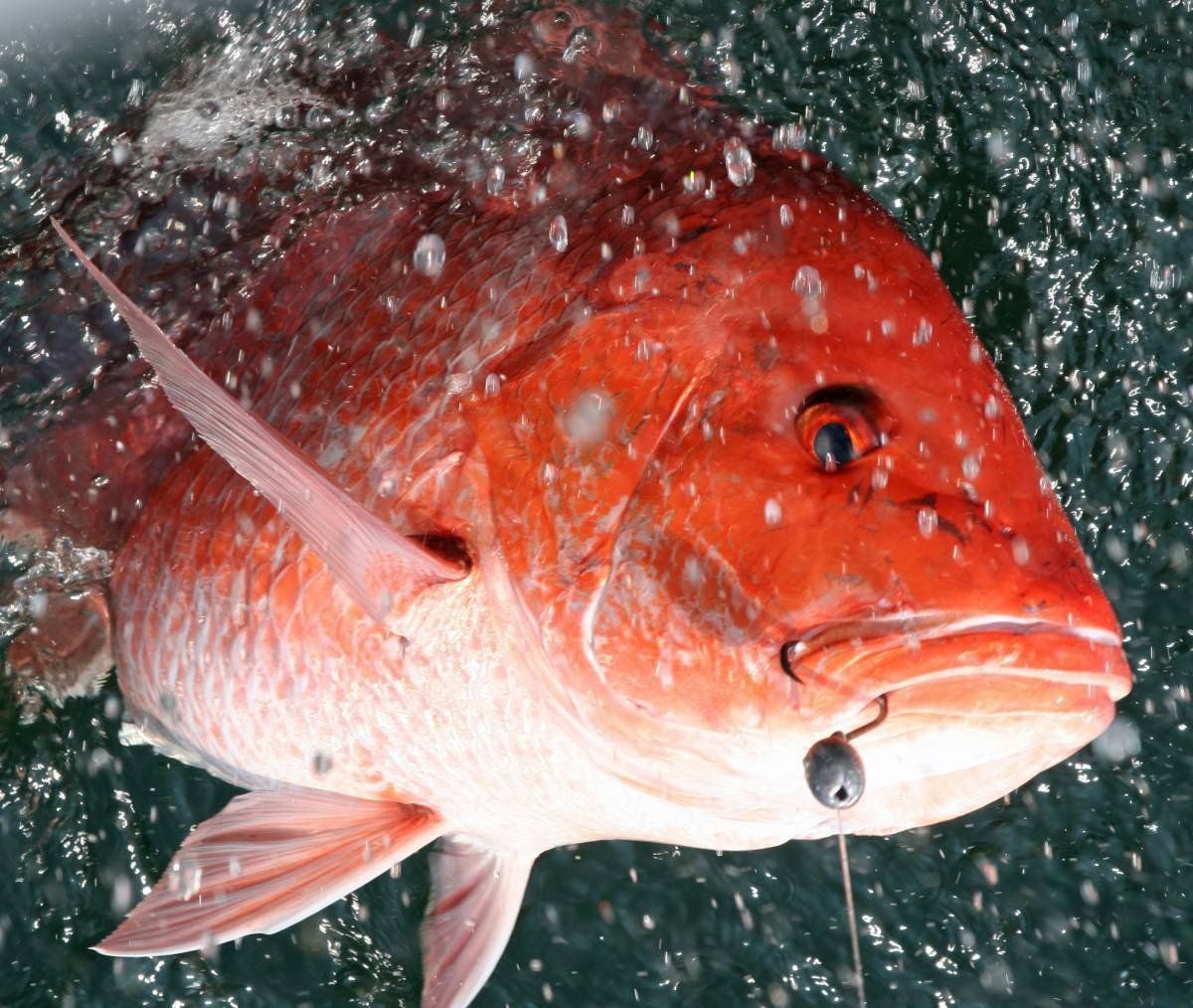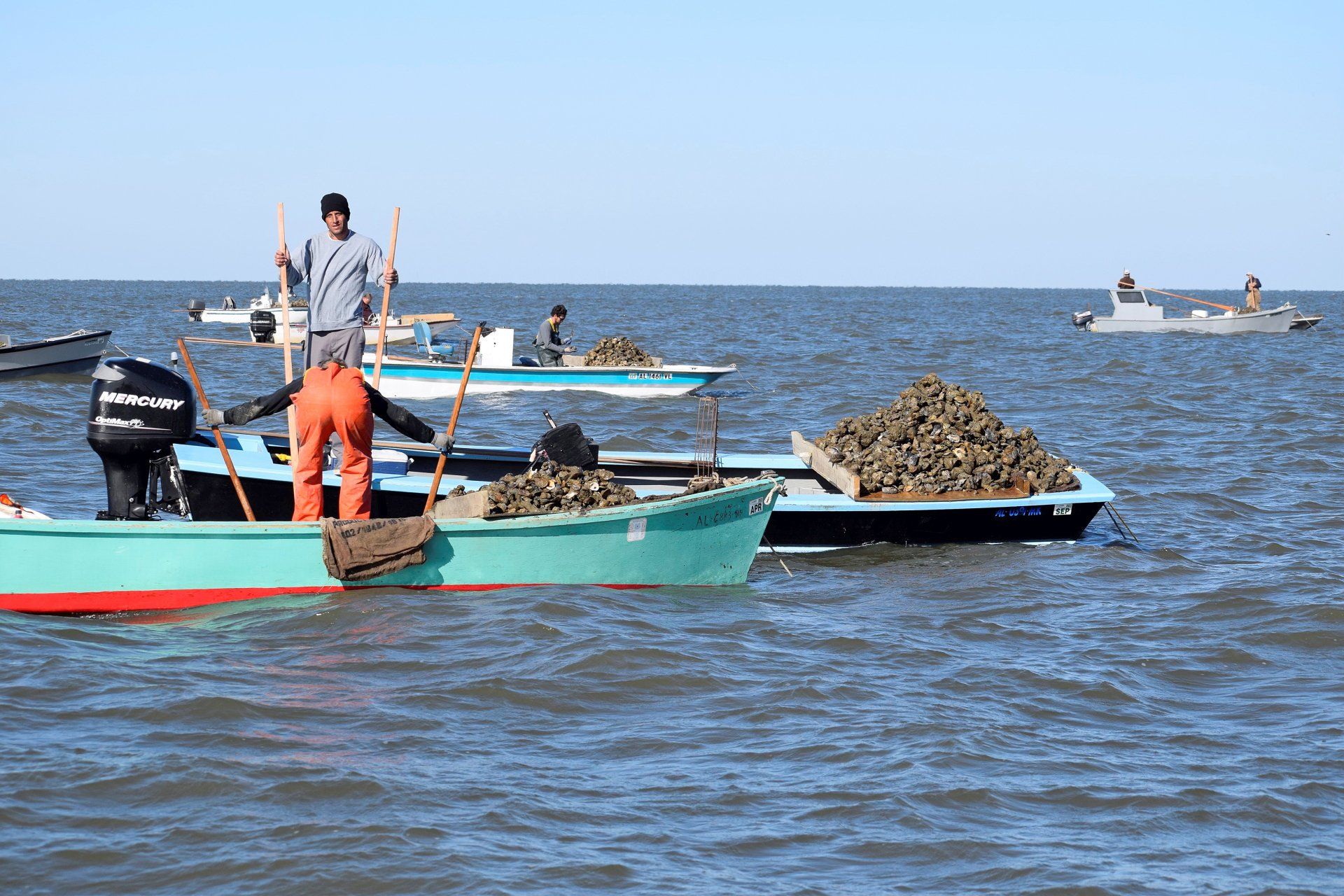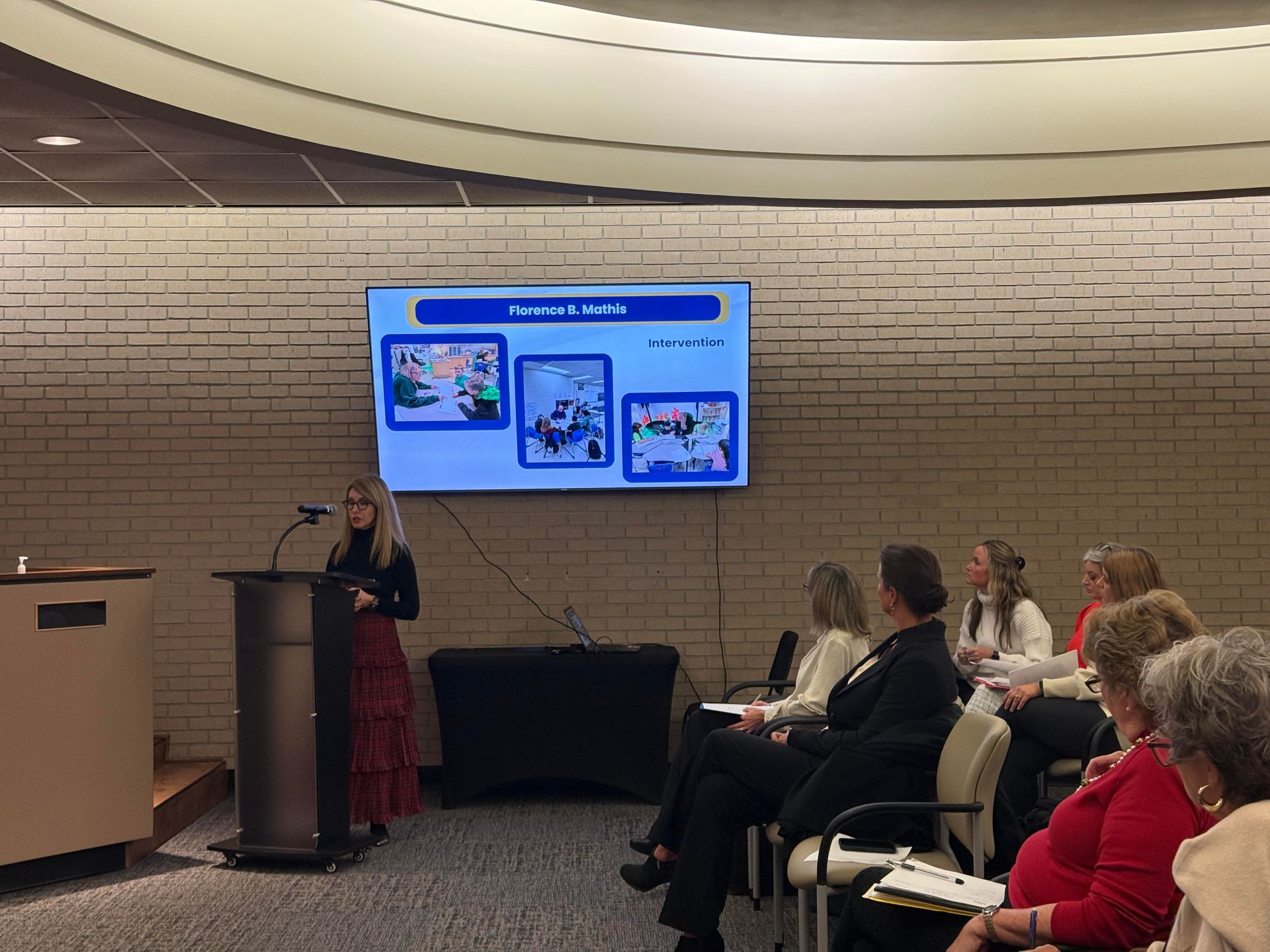The Dangers of Hand Feeding Blue Herons
Why Hand Feeding Blue Herons is Dangerous and Illegal

Orange Beach, Ala. – (OBA) – Hand feeding blue herons may seem like a harmless and enjoyable activity for nature enthusiasts, but experts warn it poses significant risks to both humans and birds. Blue herons, known for their elegant appearance and striking beaks, can cause serious injuries and face harm themselves when fed by hand.
Legal Implications
Feeding blue herons is illegal under federal and state wildlife regulations. These laws are in place to protect the birds and maintain the natural balance of their ecosystem. Violators can face fines and other legal consequences.
Human Safety Concerns
Blue herons possess long, sharp beaks designed for catching fish and other small prey. When humans attempt to feed these birds by hand, they risk serious injuries. Heron beaks can inflict deep puncture wounds, leading to potential infections and other complications. These birds are not accustomed to human interaction and may react unpredictably when approached too closely.
Harm to Herons
Feeding blue herons disrupts their natural foraging behavior, making them reliant on human-provided food. This dependency can lead to malnutrition and other health issues as the birds may not receive a balanced diet. Additionally, hand feeding can cause herons to lose their natural fear of humans, making them more vulnerable to poaching, vehicle collisions, and other dangers.
Conservation Efforts
Wildlife experts advocate for observing blue herons from a distance to ensure their safety and well-being. Educational campaigns aim to inform the public about the dangers of hand feeding and the importance of preserving natural behaviors in wildlife.
Residents and visitors are encouraged to enjoy the beauty of blue herons responsibly by using binoculars or cameras to watch these majestic birds. Respecting wildlife regulations and maintaining a safe distance helps protect both the herons and the community.
While the sight of blue herons can be captivating, it is crucial to avoid hand feeding them to prevent harm to both humans and birds. Adhering to wildlife laws and promoting safe observation practices contribute to the preservation of these remarkable creatures and their habitat.
Share this article w/ Friends...











